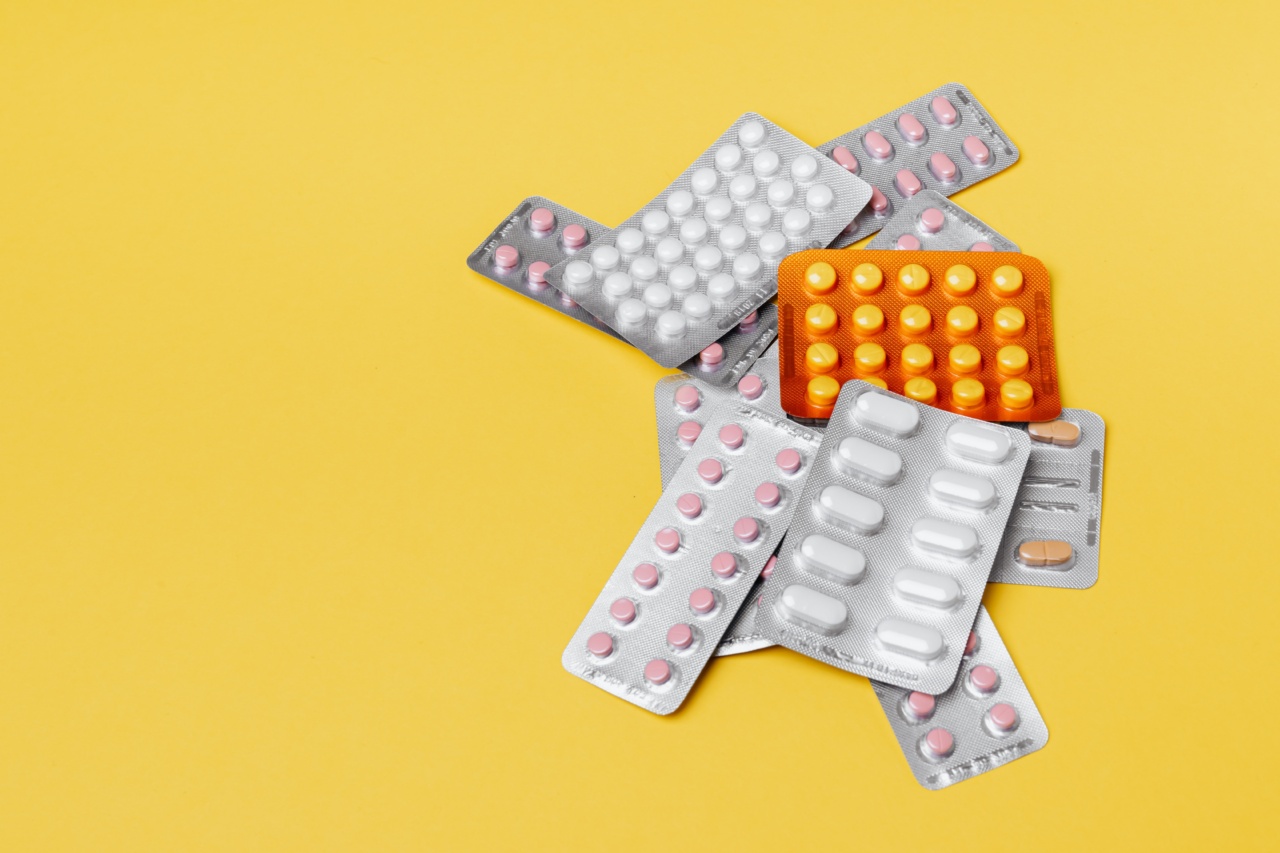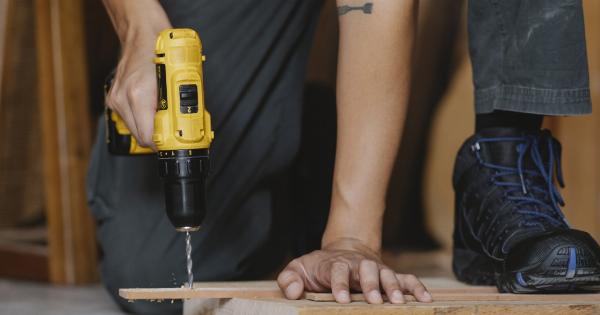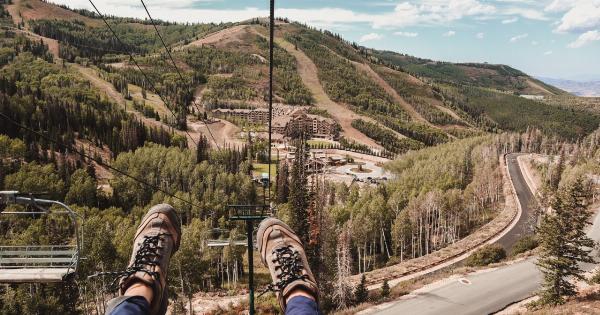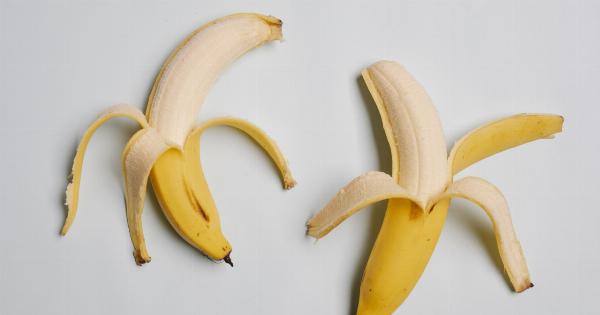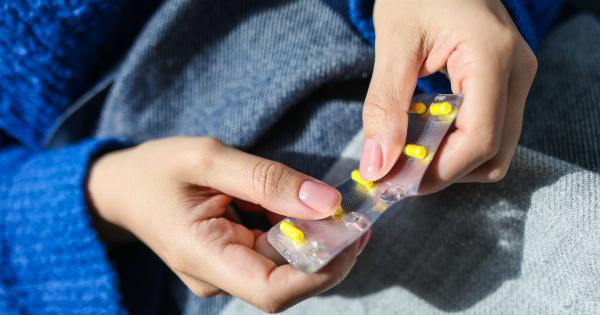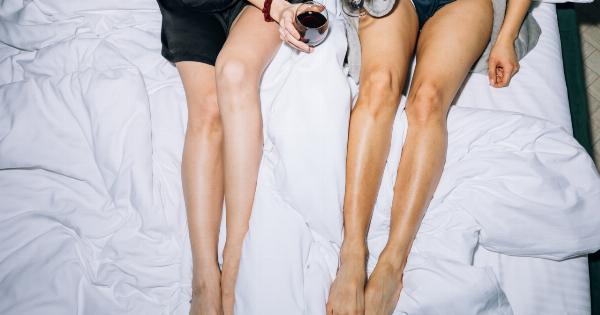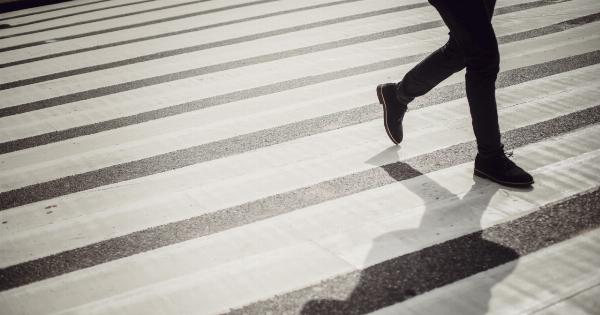Blister is a common skin condition that can be both painful and discomforting. It occurs when there is friction, pressure, or heat on the skin, causing a bubble-like formation filled with clear fluid.
Blisters can appear on various parts of the body, including the feet, hands, and even inside the mouth. While blisters are generally harmless and tend to heal on their own, there are ways to expedite the healing process and prevent them from forming in the first place.
What Causes Blisters?
Blisters can be caused by a variety of factors, including:.
1. Friction: Friction is one of the leading causes of blisters. When the skin rubs against a surface repeatedly, it can result in the formation of blisters.
This commonly happens when wearing ill-fitting shoes or engaging in activities that involve repetitive motions, such as running or playing a musical instrument.
2. Burns: Burns, whether from heat or chemicals, can cause blisters to form on the affected area.
3. Infections: Certain infections, such as herpes or impetigo, can lead to the development of blisters.
4. Allergic Reactions: Allergic reactions to certain substances or medications can cause blisters to appear on the skin.
5. Medical Conditions: Some medical conditions, such as eczema, chickenpox, or dermatitis herpetiformis, can also manifest as blisters on the skin.
How to Heal Blisters
If you already have a blister, here are some effective ways to help it heal:.
1. Leave It Alone
Resist the temptation to pop or puncture the blister. Even though it may be tempting, piercing the blister can increase the risk of infection.
2. Keep It Clean
Gently clean the blister and the surrounding area with mild soap and water. Avoid using harsh chemicals or antiseptics, as they may delay the healing process. Pat the area dry with a clean towel.
Ensure that you are using a separate towel for the affected area to prevent the spread of any potential infection.
3. Protect the Blister
If the blister is in an area that is prone to further friction or pressure, protect it with a sterile adhesive bandage or a blister pad. This will create a barrier between the blister and any potential irritants, allowing it to heal more effectively.
4. Apply an Antibiotic Ointment
After cleaning the blister, you may choose to apply an antibiotic ointment to prevent infection. Gently spread a thin layer over the blister and cover it with a bandage if necessary.
5. Use Compresses
Applying cold or warm compresses can provide relief and aid in the healing process. Cold compresses are recommended for blisters caused by burns, while warm compresses can relieve pain and promote healing in blisters caused by friction.
6. Wear Proper Footwear
When it comes to blisters on the feet, one of the most effective preventive measures is wearing well-fitted shoes that provide ample support and cushioning. Avoid tight or high-heeled shoes, as they can increase friction and pressure on the feet.
7. Use Moisture-Wicking Socks
If you frequently develop blisters on your feet due to sweating, opt for moisture-wicking socks that help keep your feet dry. This reduces friction and the likelihood of blister formation.
8. Apply Lubricants
Before engaging in activities that may cause friction, apply a lubricant or a specialized blister prevention product to the susceptible areas. These products act as a protective barrier, reducing the chances of blister formation.
9. Take Breaks
If you participate in activities that involve repetitive motions, such as running or playing sports, take regular breaks to give your skin time to recover. Prolonged friction or pressure can increase the likelihood of blisters forming.
10. Keep Your Feet and Hands Dry
Excess moisture can soften the skin, making it more susceptible to blisters. Ensure you thoroughly dry your feet and hands after bathing or engaging in activities that make them sweat.
When to Seek Medical Attention
In most cases, blisters will heal on their own without needing medical intervention. However, there are instances where seeking medical attention may be necessary. Consult a healthcare professional if:.
1. The blister appears infected: If the blister becomes increasingly painful, red, swollen, or filled with pus, it may be a sign of infection and requires medical assessment and potential treatment with antibiotics.
2. The blister is on your face or genitals: Blisters in sensitive areas, such as the face or genital region, may require medical attention to prevent complications or further infection.
3. You have recurrent or unexplained blisters: If you frequently develop blisters without an obvious cause or if they are accompanied by other symptoms, consult a healthcare professional to determine the underlying cause.
Conclusion
While blisters can be bothersome, their prevention and healing are relatively straightforward. By taking appropriate measures to avoid friction, pressure, and excessive heat, you can significantly reduce the likelihood of blister formation.
If you do end up with a blister, providing proper care, keeping it clean, and protecting it from further damage can help expedite the healing process. Remember, when in doubt, it is always advisable to seek medical advice to ensure optimal care and prevent potential complications.
